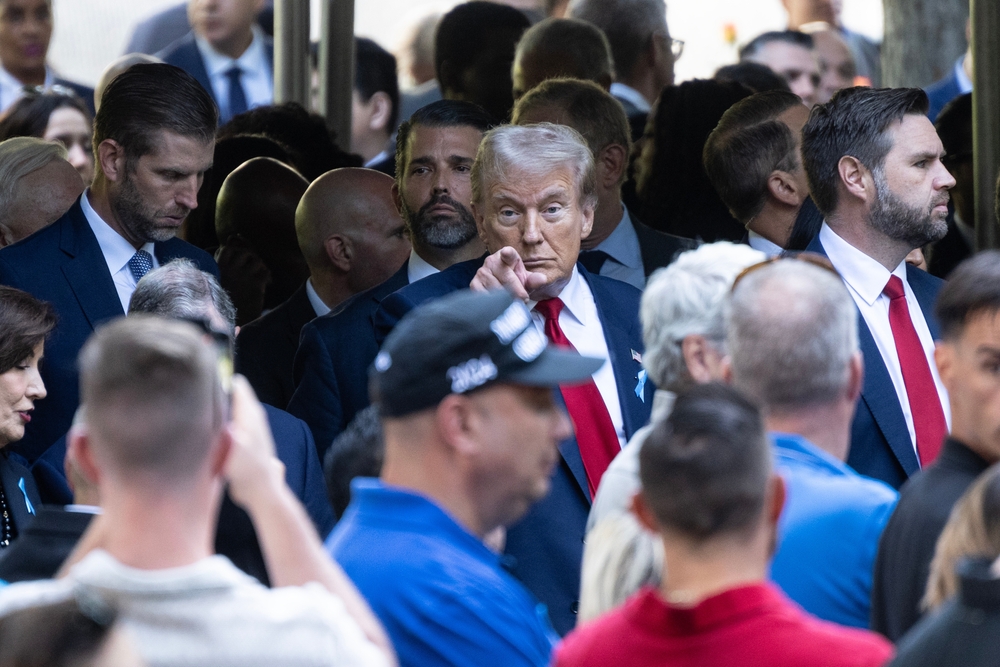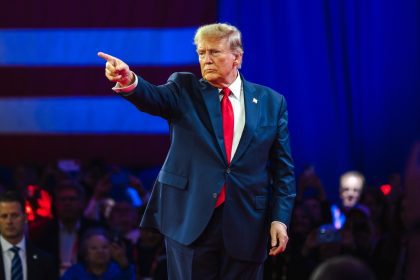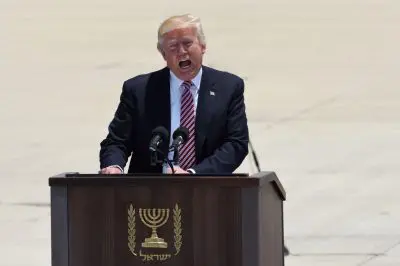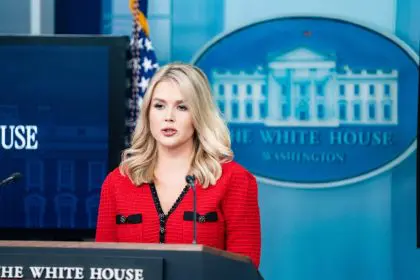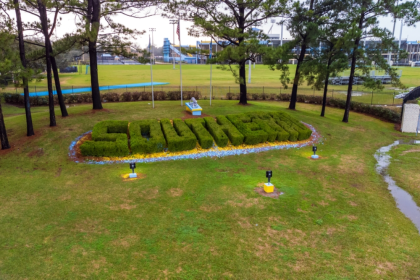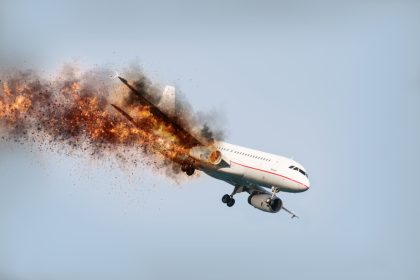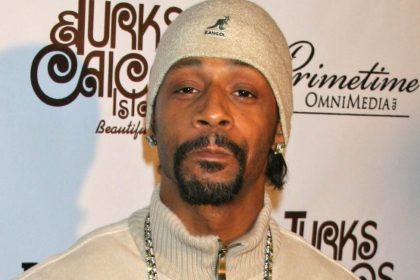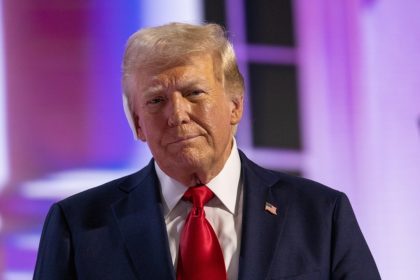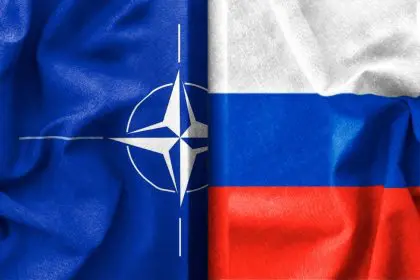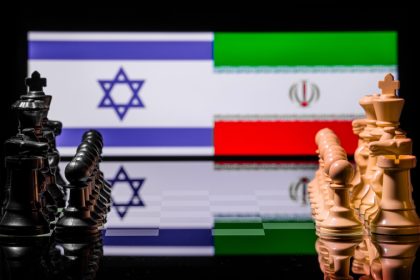Agency’s credibility hangs in balance as suspensions expose security failures
The Secret Service has taken disciplinary action against six personnel connected to the assassination attempt on former President Donald Trump, marking a watershed moment for the federal agency tasked with protecting the nation’s highest-profile figures. The punitive measures, ranging from 10 to 42 days of unpaid suspension, represent the most concrete accountability steps taken since the July incident in Butler, Pa., that sent shockwaves through American politics.
The disciplinary actions affect both supervisory staff and field agents, though the agency has remained tight-lipped about the specific timing of these suspensions. The move comes as the Secret Service grapples with intense scrutiny over security lapses that allowed a 20-year-old gunman to position himself within striking distance of the former president during a campaign rally.
Trump Incident Exposes Critical Vulnerabilities
The Butler shooting has become a case study in security failures, with investigators piecing together a timeline that reveals troubling gaps in protection protocols. The gunman managed to access a rooftop position that provided a clear line of sight to the rally stage, ultimately firing shots that grazed Trump’s ear and killed local firefighter Corey Comperatore.
Federal authorities have classified the incident as a potential act of domestic terrorism, underscoring the gravity of the security breach. The attack has prompted soul-searching within the Secret Service about its preparedness for evolving threats in an increasingly polarized political environment.
Leadership Exodus and Accountability Measures
The agency’s response to the crisis included the departure of Director Kimberly Cheatle, who resigned less than two weeks after the attack. Cheatle’s exit followed mounting pressure from both Republican and Democratic lawmakers who demanded answers about the security failures.
During her final public statements, Cheatle acknowledged the agency’s shortcomings, revealing that Secret Service personnel had identified the gunman as suspicious approximately 10 minutes before Trump took the stage. This revelation has sparked intense debate about the agency’s decision-making processes during critical moments.
The timeline becomes even more concerning when considering that agents spotted the gunman on the rooftop 20 minutes before he opened fire, yet failed to prevent the attack or adequately warn the former president.
Delayed Response Draws Sharp Criticism
Beyond the initial security failures, the Secret Service faced additional scrutiny over its response time after shots were fired. Critics have questioned why Trump remained on stage for precious seconds after the shooting began, potentially exposing him to additional danger.
This delayed reaction has become a focal point for those examining the agency’s emergency protocols and training procedures. The incident has highlighted potential gaps in real-time communication and decision-making during high-stress situations.
Bipartisan Outrage Fuels Reform Demands
The assassination attempt has generated rare bipartisan agreement on Capitol Hill, with lawmakers from both parties expressing alarm at the security lapses. The incident has transcended typical political divisions, with Republicans and Democrats alike calling for comprehensive reforms to prevent similar failures.
A House task force investigating the shooting released a comprehensive report in December containing nearly a dozen recommendations for improving Secret Service operations. The panel’s findings emphasized the need for enhanced communication protocols, including mandatory recording of all radio transmissions and operational logs.
Preventable Tragedy Sparks Systemic Changes
The task force’s most damning conclusion was that the Butler shooting was entirely preventable, though investigators stopped short of identifying a single critical failure that enabled the attack. This assessment has intensified calls for systemic reforms rather than isolated fixes.
Recommended changes include creating specialized roles for high-pressure situations and implementing new training protocols designed to improve real-time decision-making. The reforms aim to address both technological and human factors that contributed to the security breakdown.
Second Attempt Showcases Improved Response
Despite the failures in Butler, the Secret Service received praise for its handling of a second assassination attempt against Trump in September at his West Palm Beach golf course. The House investigation credited the agency with demonstrating effective protective measures that successfully neutralized the threat.
This contrast between the two incidents has provided hope that the agency can learn from its mistakes and implement meaningful improvements. The successful response to the Florida incident suggests that the Secret Service possesses the capabilities needed to protect its charges when protocols are properly executed.
The suspensions announced following the Butler incident represent more than administrative discipline—they signal a broader reckoning within an agency whose reputation hinges on its ability to provide foolproof protection. As the Secret Service implements recommended reforms and adjusts its operational procedures, the ultimate test will be whether these changes can prevent future security failures while maintaining the delicate balance between accessibility and protection that defines American democracy.

